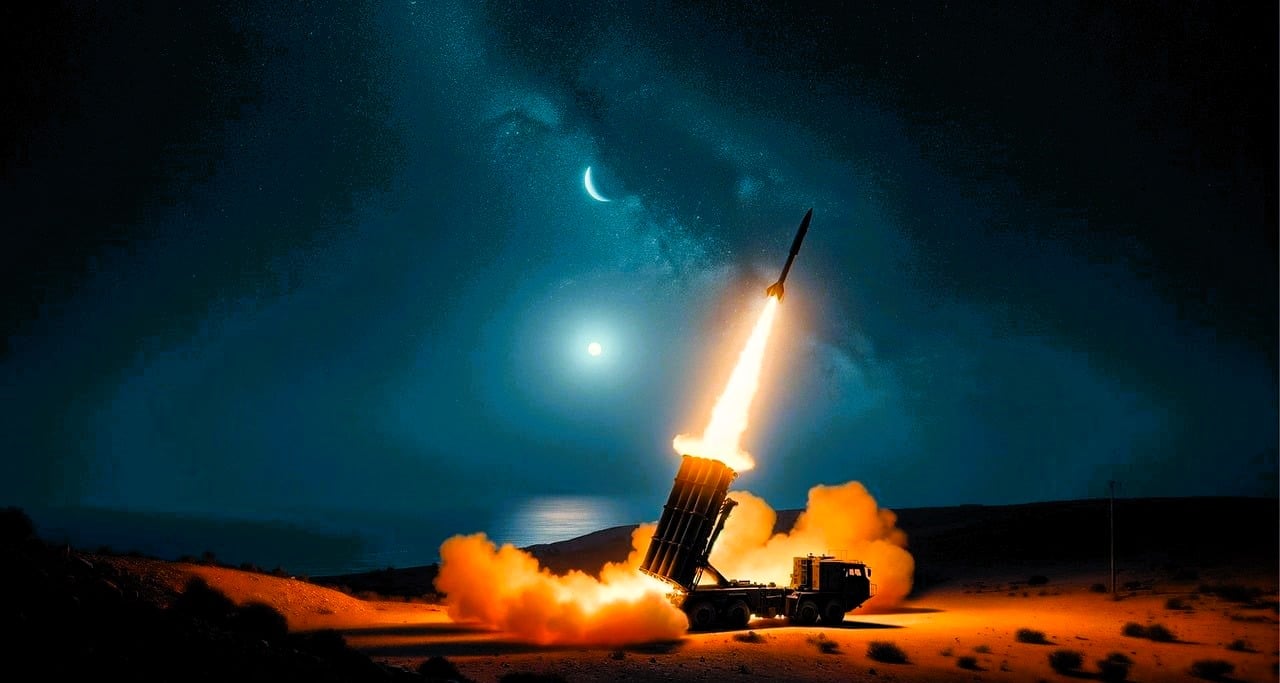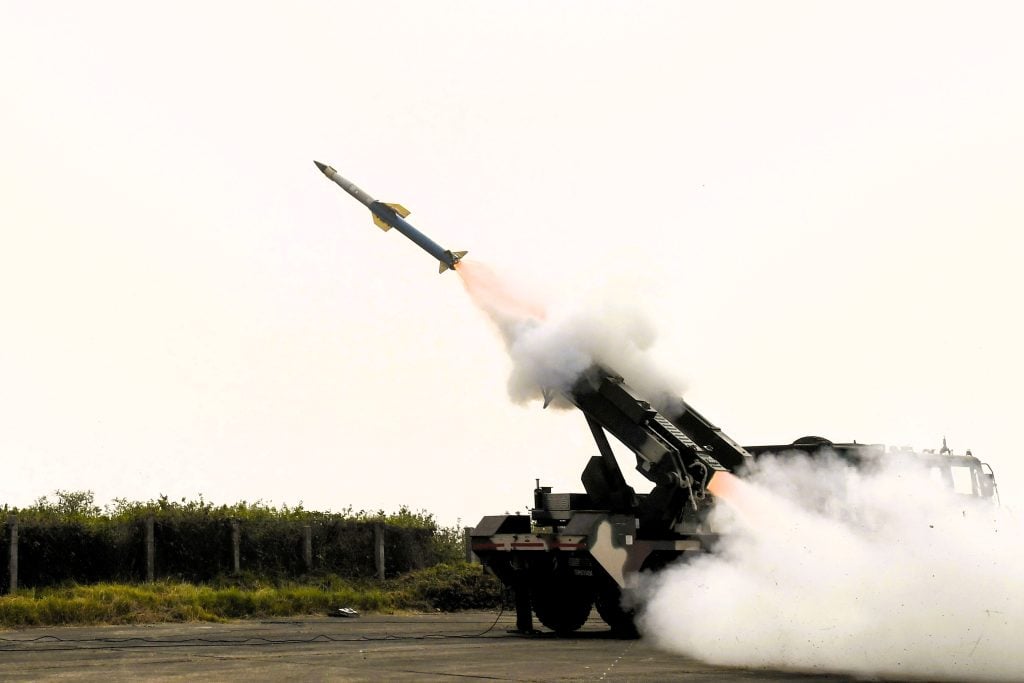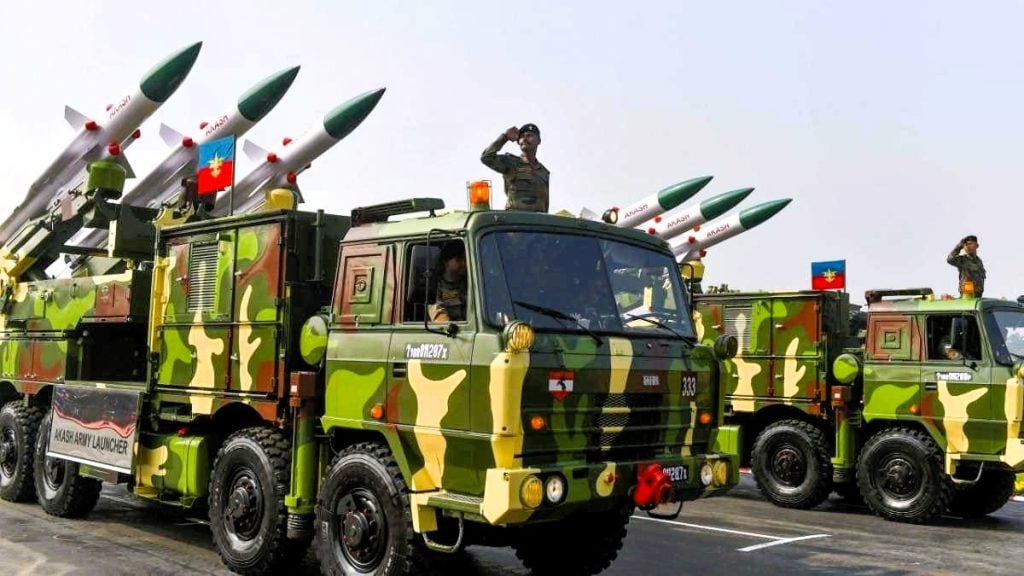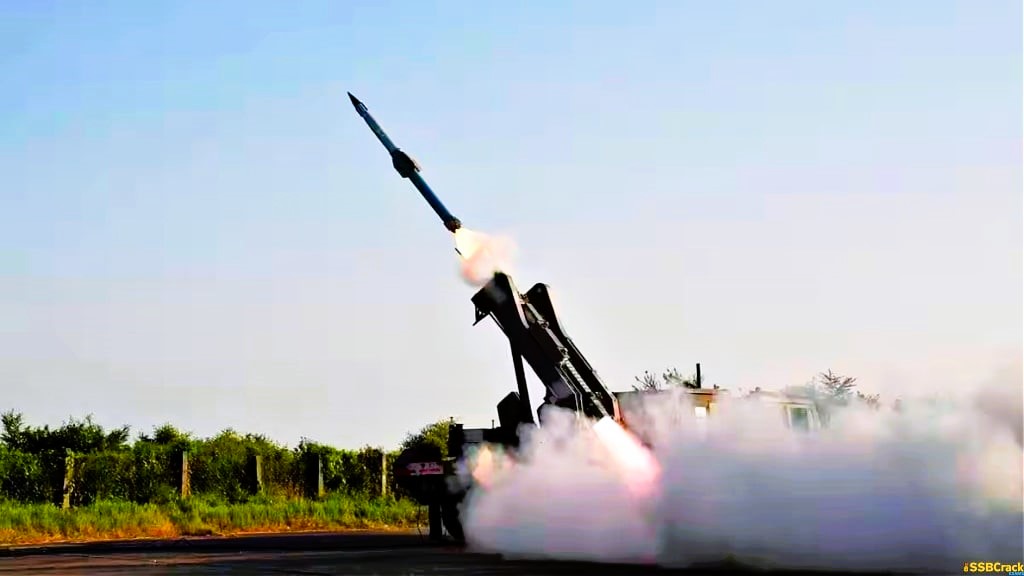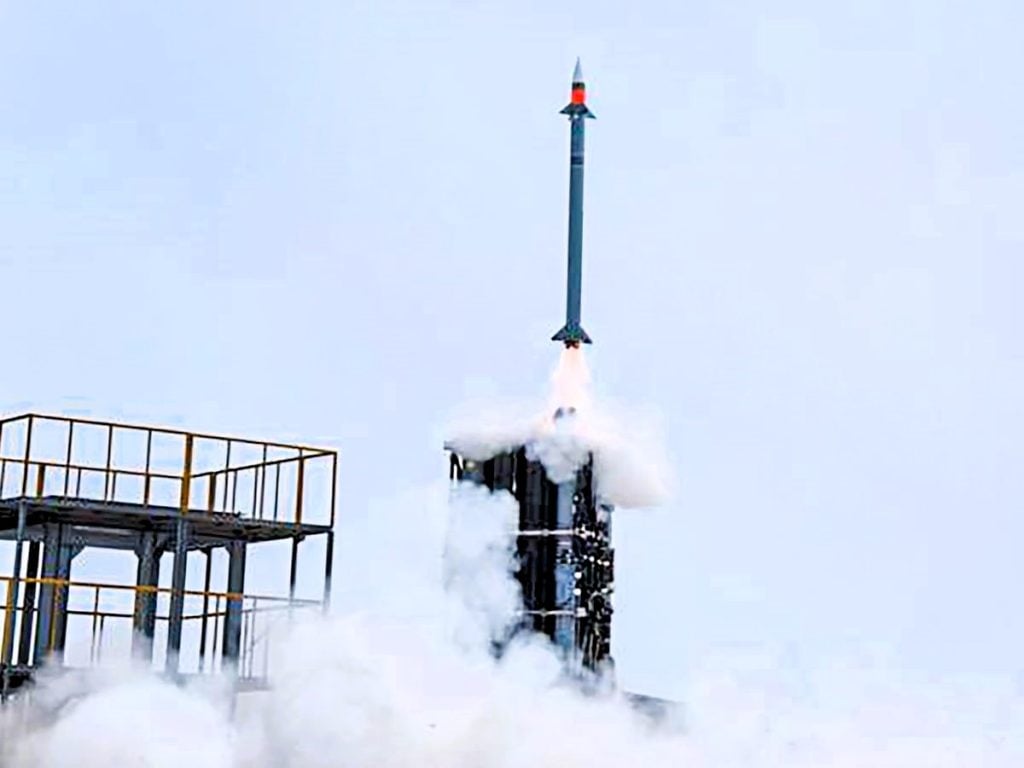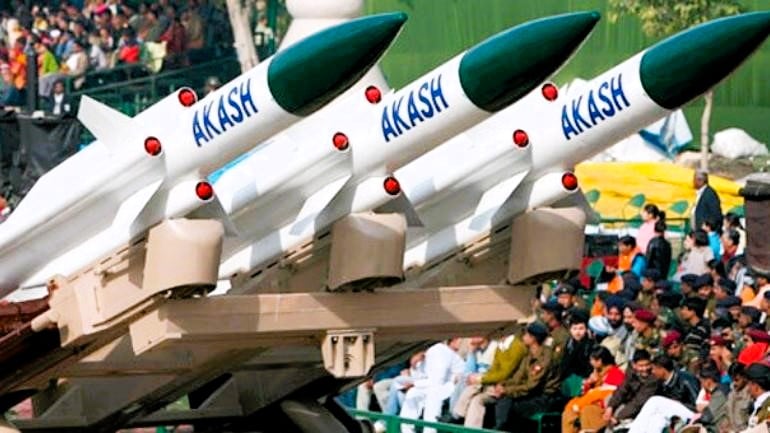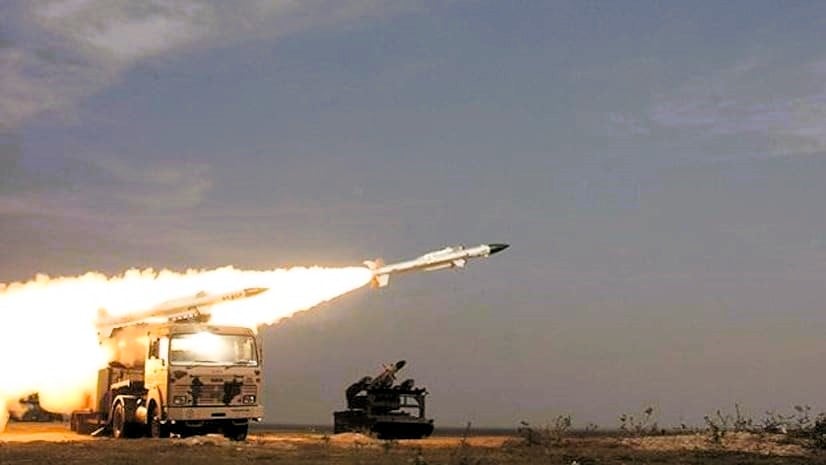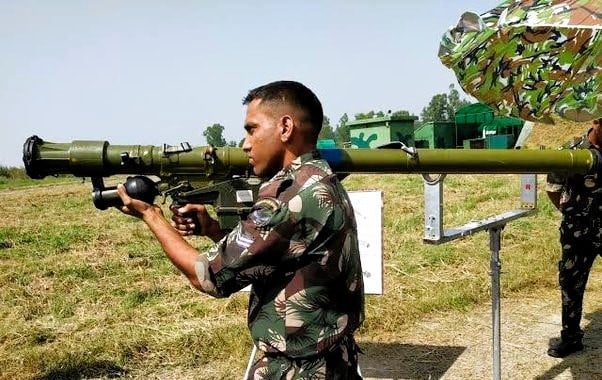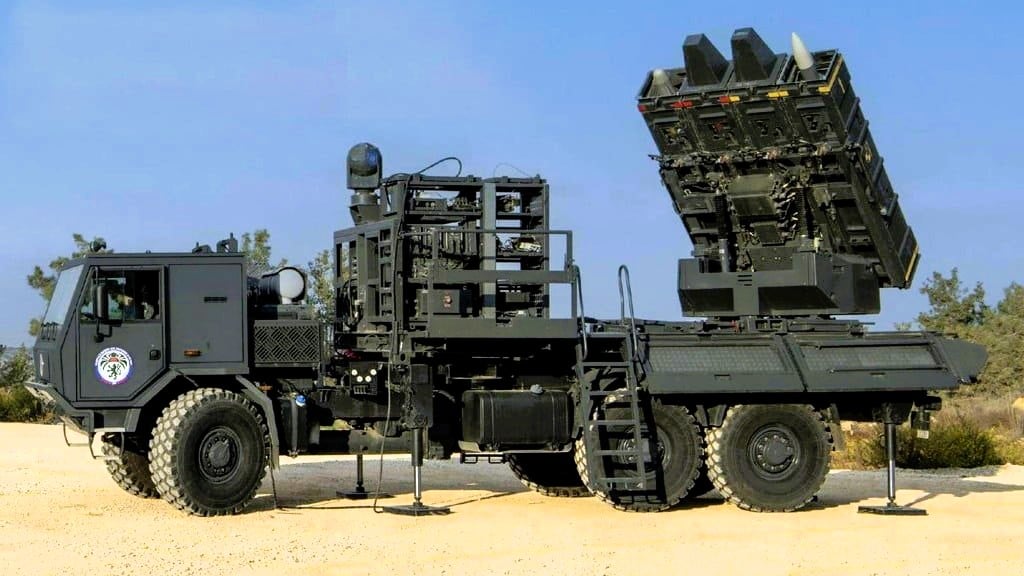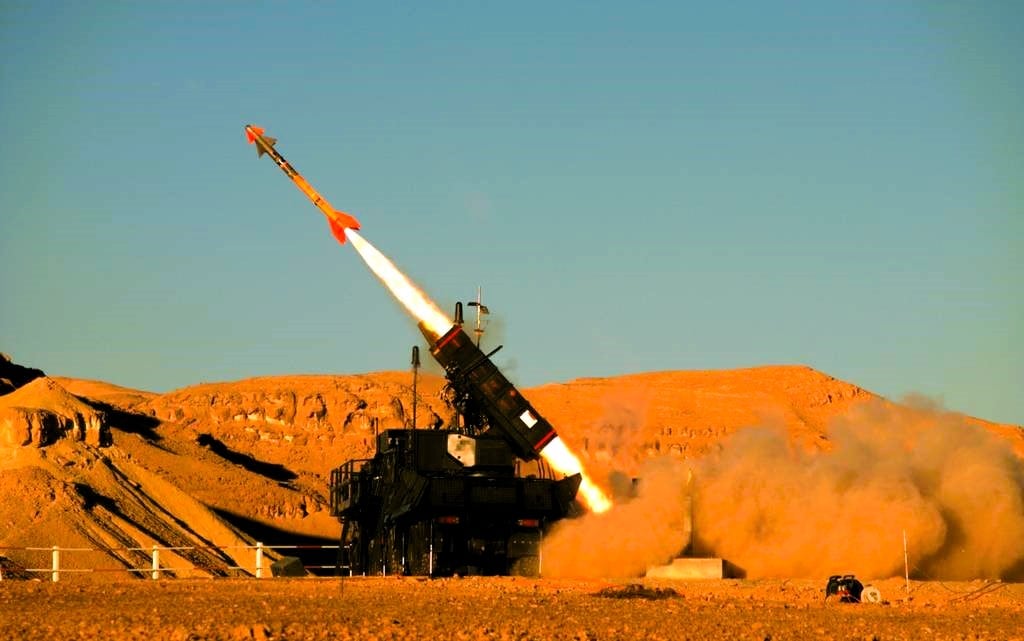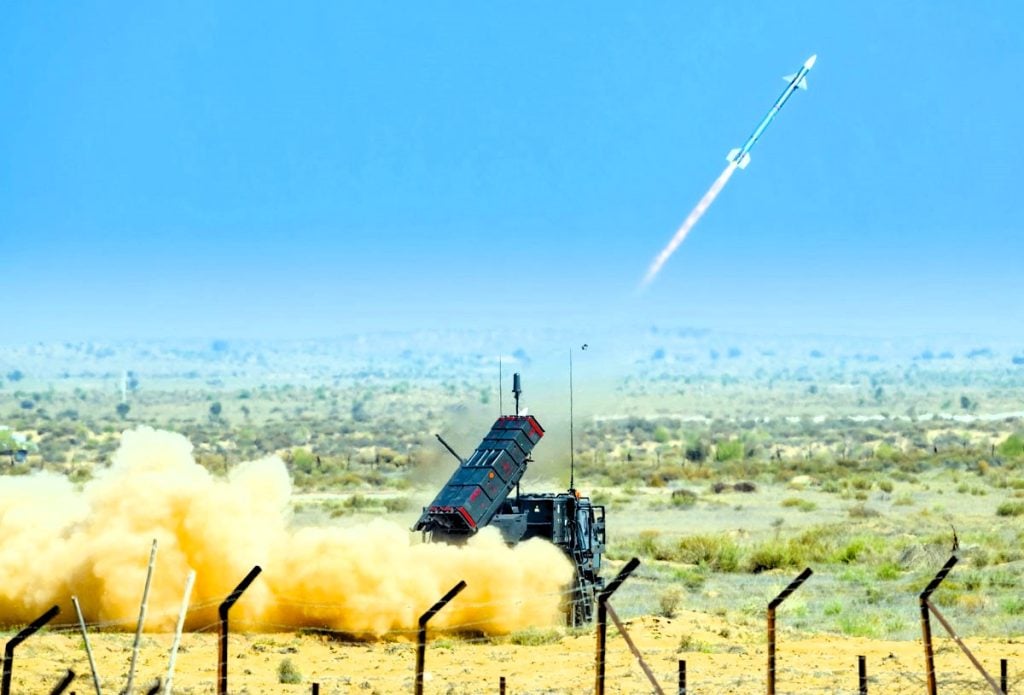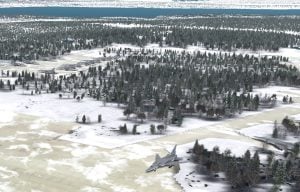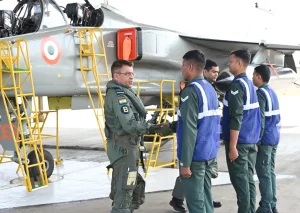In the dynamic landscape of modern warfare, the role of Surface to Air Missiles (SAMs) has become increasingly crucial. These advanced weapon systems serve as a vital line of defense against airborne threats, safeguarding critical assets and personnel on the ground. As a defense aspirant, a deep understanding of SAMs and their various types is essential to excel in the UPSC examination, particularly in the Science and Technology section of the syllabus.
This comprehensive guide aims to provide you with a thorough exploration of SAMs, delving into their history, development, and the diverse range of systems employed by armed forces around the world. By the end of this article, you will have a firm grasp of the technical aspects, capabilities, and strategic importance of these formidable air defense systems, equipping you with the knowledge to tackle relevant questions in the UPSC exam with confidence.
Evolution of Surface to Air Missiles
The origins of Surface to Air Missiles can be traced back to the early 20th century, when the first primitive anti-aircraft guns were developed to counter the growing threat posed by airborne targets. As aviation technology advanced, the need for more sophisticated air defense systems became increasingly apparent. The mid-20th century saw the emergence of the first generation of SAMs, which marked a significant leap in the capability to intercept and neutralize aerial threats.
The Birth of Surface to Air Missiles
The development of Surface to Air Missiles can be attributed to the advancements in guidance and propulsion technologies during the post-World War II era. The introduction of radar-guided and heat-seeking missiles revolutionized the way air defense systems were designed and deployed. These early SAMs, such as the American Nike and the Soviet S-25 Berkut, demonstrated the potential of this new class of weapons to protect against hostile aircraft and missiles.
Technological Advancements
As the Cold War era unfolded, the superpowers engaged in a fierce arms race, fueling the rapid evolution of Surface to Air Missile technology. Successive generations of SAMs boasted improved range, accuracy, and target engagement capabilities. The integration of advanced guidance systems, including semi-active radar homing and infrared seekers, allowed these missiles to track and intercept their targets with greater precision.
Diversification of SAM Systems
Over time, the Surface to Air Missile landscape has diversified, with a wide range of systems designed to cater to specific operational requirements. From long-range, high-altitude systems to short-range, point-defense missiles, the modern armed forces possess a comprehensive arsenal of SAMs to address diverse aerial threats. This diversification has enabled military strategists to tailor their air defense capabilities to the unique challenges posed by various combat scenarios.
Journey Of Indian Women In Armed Forces
India’s Surface to Air Missile Capabilities
As a leading global power, India has made significant strides in developing and deploying a formidable array of Surface to Air Missile systems. The country’s military research agency, the Defence Research and Development Organisation (DRDO), has been at the forefront of designing and producing cutting-edge SAM technologies to enhance the nation’s air defense capabilities.
Long-Range Surface to Air Missile (LRSAM)
One of the flagship SAM programs spearheaded by the DRDO is the Long-Range Surface to Air Missile (LRSAM), also known as the Barak 8 missile. This collaborative effort between India and Israel Aerospace Industries has resulted in the creation of a versatile, long-range air defense system capable of engaging a wide range of aerial targets, including aircraft, helicopters, anti-ship missiles, and unmanned aerial vehicles (UAVs).
Key Features of the LRSAM
- Dual Pulse Propulsion System and advanced safe-arm mechanisms for the Solid Propulsion system
- Designed to defend against various airborne threats, including combat jets, cruise missiles, and ballistic missiles
- Available in both maritime and land-based versions
- Integrated system comprising missiles, Multi-Function Surveillance and Threat Alert Radar (MFSTAR), Weapon Control System, and Vertical Launcher Unit
Medium-Range Surface to Air Missile (MRSAM)
Another significant development in India’s air defense arsenal is the Medium-Range Surface to Air Missile (MRSAM) system, which is also a joint venture between DRDO and Israel Aerospace Industries. The MRSAM, with its enhanced capabilities, serves as a crucial component in safeguarding the nation’s airspace against a wide range of aerial threats.
Key Features of the MRSAM
- Designed to neutralize aircraft, helicopters, unmanned aerial vehicles, and cruise missiles
- Capable of engaging targets at ranges up to 70 kilometers and altitudes up to 15 kilometers
- Incorporates advanced radar and guidance systems for improved target tracking and interception
- Equipped with a variety of launchers, including vertical and canisterized versions, to enhance operational flexibility
Akash Missile System
The Akash missile system is an indigenous medium-range surface-to-air defense system developed by the DRDO as part of the Integrated Guided Missile Development Program. This versatile system has been inducted into the Indian Army and the Indian Air Force, providing effective protection against a range of aerial targets.
Key Features of the Akash Missile System
- Strike range of 25 kilometers and the capability to engage targets at altitudes up to 18,000 meters
- Designed to neutralize fighter jets, cruise missiles, and air-to-surface missiles, as well as ballistic missiles
- Equipped with a supersonic speed capability ranging from Mach 2.8 to 3.5
- Utilizes an active electronically scanned array (AESA) multi-function radar for enhanced target tracking and engagement
Akash NG (New Generation)
Building upon the success of the Akash missile system, the DRDO has developed the Akash NG (New Generation) variant, which incorporates several upgrades to improve its performance and effectiveness.
Key Features of the Akash NG
- Increased range, from the current 40 kilometers to greater than 80 kilometers
- Incorporation of a dual-pulse solid rocket motor and a canisterized launcher for enhanced mobility and responsiveness
- Integration of an active electronically scanned array (AESA) multi-function radar for improved target tracking and engagement
- Utilization of an optical proximity fuze to enhance the missile’s kill probability against aerial targets
Maitri Missile System
The Maitri missile system is a next-generation, quick-reaction surface-to-air missile (QRSAM) being developed by the DRDO. This short-range air defense system is designed to fill the gap created by the discontinuation of the Trishul missile program, leveraging technology transfer from the French MBDA to address the shortcomings of the previous system.
Key Features of the Maitri Missile System
- Effective range of up to 15 kilometers
- Capable of engaging a variety of aerial targets, including aircraft, helicopters, and UAVs
- Incorporates a blend of technologies from the French Mica missile and the DRDO’s Trishul missile program
- Aimed at providing a robust and reliable point defense solution against low-level aerial threats
Spyder Missile System
The Spyder (Surface-to-air PYthon and DERby) missile system is an acquired system from Israel, which serves as a short-range, quick-reaction air defense solution for the Indian armed forces.
Key Features of the Spyder Missile System
- Effective range of up to 15 kilometers and an engagement altitude range of 20 to 9,000 meters
- Designed to neutralize enemy targets, including aircraft, UAVs, and low-level cruise missiles
- Automatic target engagement capabilities for enhanced responsiveness against aerial threats
- Shorter strike range compared to the indigenous Akash missile system, but with a quicker reaction time
10 Books Every Defence Aspirant Should Read
Operational Deployments and Integrations
The Surface to Air Missile systems developed and acquired by India have been strategically deployed across the country to ensure comprehensive air defense coverage. These systems have been integrated with the broader military infrastructure, including radar networks and command-and-control systems, to provide a seamless and coordinated air defense umbrella.
Enhancing Airspace Security
The deployment of Surface to Air Missile systems, both long-range and medium-range, has significantly bolstered India’s ability to safeguard its airspace against a wide range of aerial threats. These missile systems, when integrated with advanced surveillance and tracking capabilities, have enabled the Indian armed forces to maintain a high level of vigilance and rapid response against any intrusions or hostile activities in the skies.
Interoperability and Joint Operations
The DRDO’s efforts to develop modular and interoperable SAM systems have facilitated their integration with other military assets, such as fighter jets, early warning radars, and command-and-control centers. This interoperability has enhanced the overall effectiveness of India’s air defense network, enabling seamless coordination and joint operations across different branches of the armed forces.
Continuous Upgrades and Modernization
To keep pace with the evolving threat landscape, the DRDO and its partners have been engaged in a continuous process of upgrades and modernization of the Surface to Air Missile systems. This includes the development of the Akash NG variant, which boasts enhanced capabilities, as well as the ongoing efforts to refine and improve the performance of other SAM systems through incremental enhancements.
8 Deadliest Wars of the 21st Century
Strategic Significance of Surface to Air Missiles
The strategic importance of Surface to Air Missiles in modern warfare cannot be overstated. These advanced weapon systems play a pivotal role in maintaining air superiority, safeguarding critical infrastructure, and deterring potential adversaries from engaging in hostile aerial activities.
Deterrence and Threat Mitigation
The deployment of robust Surface to Air Missile defenses serves as a potent deterrent against potential adversaries, discouraging them from attempting to breach the airspace or launch airborne attacks. By demonstrating the capability to effectively neutralize a wide range of aerial threats, India’s SAM systems contribute to the overall military deterrence and strategic posturing.
Protection of Critical Assets
Surface to Air Missiles are instrumental in the protection of vital national assets, such as military installations, command centers, and critical infrastructure. By establishing a multi-layered air defense network, these systems ensure that these crucial facilities are shielded from potential aerial attacks, enhancing the overall security and resilience of the nation.
Maintaining Air Superiority
The ability to engage and neutralize enemy aircraft, missiles, and drones is a crucial aspect of maintaining air superiority in modern warfare. Surface to Air Missile systems, when integrated with advanced surveillance and command-and-control capabilities, enable the armed forces to assert dominance in the airspace, denying the adversary’s ability to conduct effective aerial operations.
Technological Advancements and Spinoffs
The development of Surface to Air Missile systems has driven significant advancements in various technological domains, including guidance systems, propulsion technologies, and materials engineering. These innovations have not only strengthened the nation’s defense capabilities but have also led to the emergence of spinoff technologies that can be applied in diverse civilian and commercial sectors, contributing to the overall technological progress of the country.
Conclusion
Surface to Air Missiles have become an indispensable component of modern military arsenals, serving as a vital line of defense against aerial threats. The continuous evolution and refinement of these advanced weapon systems have been a testament to India’s technological prowess and its commitment to enhancing the nation’s air defense capabilities.
As a defense aspirant, a thorough understanding of Surface to Air Missiles, their various types, and the strategic significance they hold, is crucial for excelling in the UPSC examination. This comprehensive guide has provided you with a detailed overview of the subject, equipping you with the knowledge and insights necessary to tackle relevant questions with confidence and expertise.
Remember, the journey to becoming a successful defense professional is not just about acquiring knowledge but also about developing a strategic mindset and a deep appreciation for the technological advancements that shape the modern battlefield. Embrace this opportunity to deepen your understanding of Surface to Air Missiles and leverage this knowledge to propel your UPSC preparation to new heights.
FAQs
Q1. What is the primary purpose of Surface to Air Missiles?
Surface to Air Missiles (SAMs) are designed to intercept and destroy aerial targets, such as aircraft, helicopters, drones, and even missiles. They serve as a crucial component of modern air defense systems, protecting critical assets and maintaining air superiority.
Q2. What are the different types of Surface to Air Missile systems developed by India?
India has developed a diverse range of Surface to Air Missile systems, including the Long-Range Surface to Air Missile (LRSAM), the Medium-Range Surface to Air Missile (MRSAM), the Akash missile system, the Akash NG (New Generation), the Maitri missile system, and the acquired Spyder missile system from Israel.
Q3. What are the key features that distinguish the various Surface to Air Missile systems in India’s arsenal?
The different SAM systems developed by India vary in terms of their effective ranges, engagement altitudes, target engagement capabilities, guidance systems, and integration with other military assets. For example, the LRSAM and MRSAM have longer ranges and can neutralize a wider range of aerial threats, while the Akash and Maitri systems are designed for shorter-range, point-defense applications.
Q4. How do Surface to Air Missile systems contribute to India’s overall air defense strategy?
Surface to Air Missile systems play a crucial role in India’s air defense strategy by enhancing the nation’s ability to protect its airspace, safeguard critical infrastructure, and maintain air superiority. These systems, when integrated with advanced surveillance and command-and-control capabilities, form a comprehensive air defense network that deters potential adversaries and ensures the security of the country’s skies.
